Home>Storage Ideas>Kitchen Storage>10 Things All Of The Most Organized Kitchens Have In Common
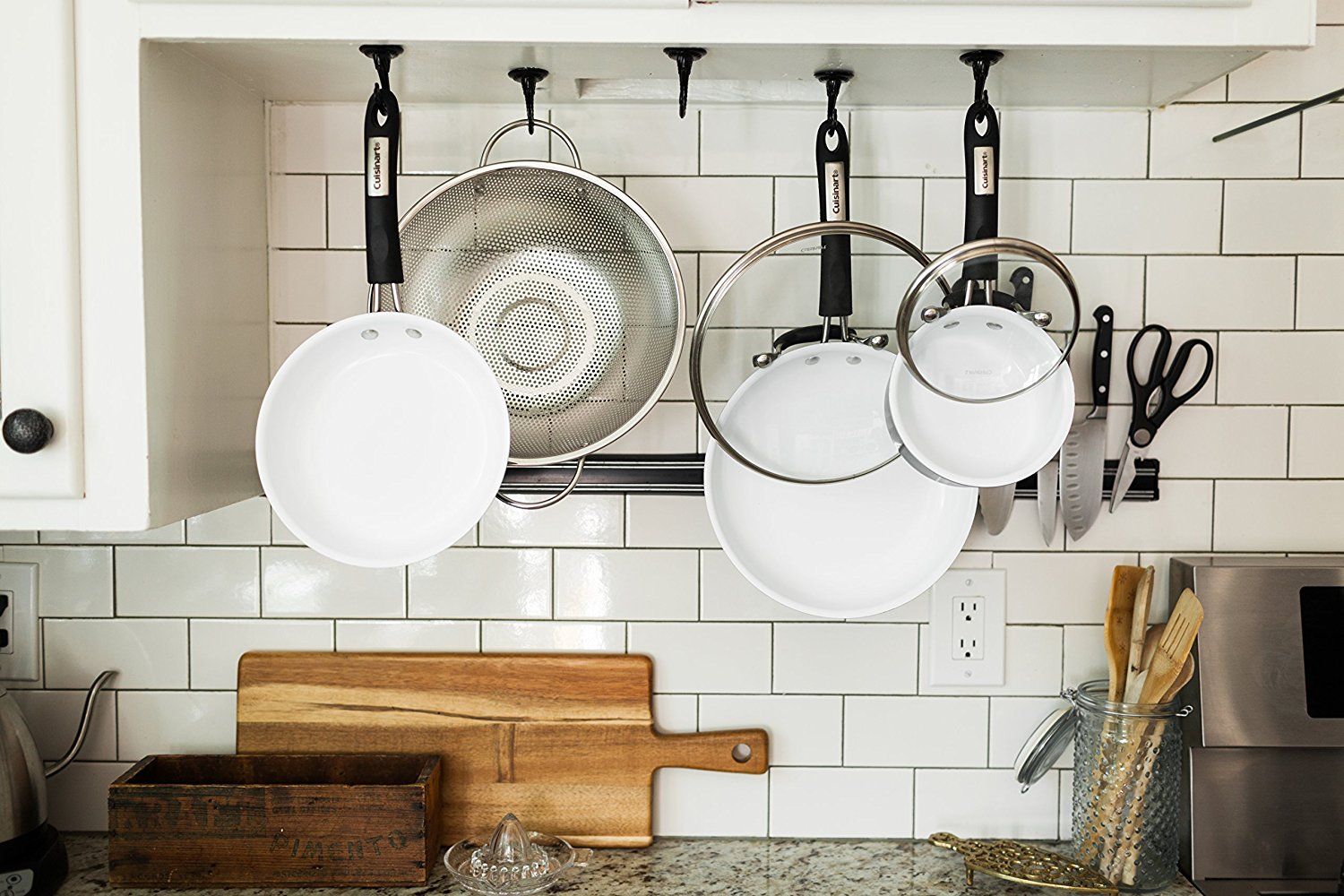

Kitchen Storage
10 Things All Of The Most Organized Kitchens Have In Common
Modified: January 18, 2024
Discover 10 essential kitchen storage ideas that are common in the most organized kitchens. Maximize your space and stay clutter-free with these smart solutions.
(Many of the links in this article redirect to a specific reviewed product. Your purchase of these products through affiliate links helps to generate commission for Storables.com, at no extra cost. Learn more)
Introduction
In today’s fast-paced world, having an organized and clutter-free kitchen is essential. Whether you love cooking or simply use your kitchen for basic meal preparation, having a well-organized space can make a significant difference in your efficiency and overall cooking experience. From dedicated storage solutions to smart organization systems, there are several key elements that all of the most organized kitchens have in common. By implementing these ideas and optimizing your kitchen storage, you can create a functional and visually appealing space that meets your needs.
In this article, we will explore ten essential factors that contribute to a well-organized kitchen. Each of these elements plays a crucial role in maximizing storage space, minimizing clutter, and improving the overall functionality of your kitchen. So, let’s dive in and discover the key aspects of an organized kitchen!
Key Takeaways:
- Transform your kitchen into a functional and visually appealing space by implementing dedicated storage for utensils, efficient cabinet space, and clear, labeled containers to minimize clutter and maximize storage capacity.
- Create a clutter-free and efficient kitchen with thoughtful shelving solutions, a well-organized refrigerator, and a convenient trash and recycling system. These elements promote cleanliness, sustainability, and a joyous cooking experience.
Dedicated Storage for Utensils
One of the first steps in organizing your kitchen is creating dedicated storage space for your utensils. Utensils can be a major source of clutter if not properly organized, so having designated spots for each type of utensil can make a significant difference.
Start by decluttering your utensil drawer and removing any items that you no longer use or need. Once you have pared down your collection, consider using drawer dividers or utensil trays to separate and organize your utensils. This will not only make it easier to find and access the utensils you need but also prevent them from getting tangled or damaged.
Consider grouping similar utensils together, such as spatulas, tongs, and whisks, so you can easily locate what you need. For larger utensils or items that don’t easily fit in a drawer, such as ladles or serving spoons, consider installing wall-mounted hooks or using a utensil crock on your countertop.
Another great solution for organizing utensils is the use of hanging racks or magnetic strips. These can be installed on the inside of cabinet doors or on empty wall spaces to hold knives, scissors, and other metal utensils. This not only frees up drawer space but also keeps commonly used items within easy reach.
<<<<<<< HEAD
Having dedicated storage for utensils not only makes it easier to find what you need but also helps declutter your kitchen countertops and drawers. It’s a simple yet effective way to maintain an organized and efficient kitchen space.
=======
Having dedicated storage for utensils not only makes it easier to find what you need but also helps declutter your kitchen countertops and drawers. It’s a simple yet effective way to maintain an organized and efficient kitchen space.
Efficient Cabinet Space
One of the challenges in maintaining an organized kitchen is ensuring that your cabinets are efficiently utilized. Good cabinet organization will not only make it easier to find what you need but also maximize the available storage space.
Start by decluttering your cabinets and getting rid of any items that are expired, damaged, or no longer needed. This will create more space and make it easier to organize the remaining items. Group similar items together, such as baking supplies, canned goods, or spices, and assign specific cabinets for each category.
Consider utilizing storage solutions such as stackable shelves, cabinet organizers, and pull-out drawers to make the most of your cabinet space. Stackable shelves create additional layers within the cabinet, increasing storage capacity. Cabinet organizers with adjustable dividers can help keep items like cutting boards, baking sheets, and pans neatly upright and accessible.
If you have deep cabinets or awkward corner spaces, consider installing pull-out shelves or lazy susans. These allow easy access to items at the back without having to remove everything in front. Additionally, utilizing door-mounted racks or hooks on the inside of the cabinet doors can provide extra storage for spices, cooking utensils, or pot holders.
Be mindful of the vertical space in your cabinets as well. Install a tension rod vertically to create an extra shelf for trays, cutting boards, or lids. Utilize hooks to hang mugs or measuring cups under shelves, making the most of unused space.
By organizing your cabinet space efficiently, you can ensure that every inch is maximized and items are easily accessible. This will streamline your cooking process and eliminate the frustration of rummaging through cluttered cabinets.
Clear and Labeled Containers
One of the keys to an organized kitchen is having clear and labeled containers for storing various food items. Clear containers allow you to see the contents at a glance, making it easier to identify what you need and keep track of your pantry supplies.
Invest in a set of clear, airtight containers in different sizes to store dry goods such as cereal, rice, pasta, flour, and sugar. Transferring these items from their original packaging to uniform containers not only keeps them fresh for longer but also creates a visually appealing and organized pantry.
Labeling your containers is equally important. Use a label maker or simply write directly on the containers to indicate the contents and expiration dates. This will help you quickly locate specific items and ensure that nothing goes to waste.
In addition to dry goods, clear containers can also be used for storing leftovers in the refrigerator. By transferring leftovers to clear containers, you can easily see what’s inside and avoid any mystery containers hiding in the back of the fridge.
Consider using stackable containers to maximize vertical space in your refrigerator and pantry. Stackable containers not only save space but also make it easier to keep similar items together and maintain a tidy and organized storage area.
By using clear and labeled containers, you can easily identify and access your food items, maintain a well-organized pantry, and reduce food waste.
Proper Drawer Organization
Efficient drawer organization is essential for a well-organized kitchen. It not only makes it easier to find and access necessary items but also prevents clutter and disarray.
Start by decluttering your drawers and removing any items that you rarely use or no longer need. Only keep items that are essential for your cooking and meal preparation. This will create more space and make it easier to organize the remaining items.
Next, consider using drawer dividers or inserts to create designated compartments for different types of items. For example, use dividers to separate utensils, cooking tools, and gadgets. This will prevent them from getting mixed up and make it easier to find what you need.
Adjustable drawer dividers are especially beneficial as they allow you to customize the compartments according to your specific needs. You can easily change the configurations as your collection of tools and utensils grows or changes over time.
Another option for drawer organization is the use of drawer organizers with compartments of various sizes. These are ideal for organizing smaller items such as measuring spoons, bottle openers, or chip clips. The compartments keep these items neatly arranged and prevent them from rolling or sliding around in the drawer.
Don’t forget to make use of the vertical space within your drawers as well. Install a tension rod vertically to create additional compartments for cutting boards or baking sheets. This prevents these larger items from taking up excessive horizontal space and allows for better organization.
Lastly, remember to regularly declutter and reorganize your drawers. As you use and acquire new kitchen tools, it’s easy for the drawers to become cluttered again. Set aside time every few months to reassess your drawer organization and make any necessary adjustments.
By implementing proper drawer organization techniques, you can maintain a tidy and efficient kitchen space with everything you need at your fingertips.
Spice Organization System
An essential component of a well-organized kitchen is a proper spice organization system. With numerous spices and herbs used in cooking, having an efficient and accessible way to store and locate them is crucial.
Start by decluttering your spice collection. Check the expiration dates and discard any old or expired spices. Consider replacing your loose spice containers with uniform jars or containers. This not only creates a visually cohesive look but also makes it easier to organize and find your spices.
Next, decide on a storage solution for your spices. There are several options available, including spice racks, drawer inserts, magnetic strips, or even wall-mounted shelves. Choose the option that best fits your kitchen layout and personal preference.
If you opt for a spice rack, look for one that allows you to see all your spices at once. This makes it easier to quickly locate and identify the spice you need. Some spice racks also come with labels or alphabetized sections for added convenience.
If you prefer to store your spices in a drawer, consider using labeled spice jar inserts. These inserts fit neatly in your drawer, allowing you to organize your spices in an easily accessible and visible manner.
Magnetic strips are another popular storage solution for spices. Simply attach them to the inside of a cabinet door or on the wall, and use small magnetic jars to store your spices. This not only saves valuable cabinet or countertop space but also keeps your spices within reach.
Regardless of the storage solution you choose, it’s important to label your spice containers. Clearly labeling each spice jar will save you time and prevent confusion when cooking. You can use pre-printed labels or create your own with a label maker.
Lastly, consider organizing your spices by frequency of use or by culinary categories. This will further streamline your cooking process and make it easier to locate the spices you need.
By implementing a proper spice organization system, you can keep your spices neatly arranged, easily accessible, and ready to add flavor to your favorite dishes.
Invest in clear storage containers to keep pantry items visible and organized. This will help you easily find what you need and keep track of inventory.
Efficient Pantry Storage
An organized and efficient pantry is essential for a well-functioning kitchen. It allows you to easily access ingredients, keep track of your supplies, and avoid unnecessary food waste.
One of the first steps in creating an efficient pantry storage system is decluttering. Remove any expired or unused items from your pantry shelves. Check expiration dates on packaged goods and toss anything that is no longer viable. This will create more space and make it easier to organize the remaining items.
Next, categorize your pantry items. Group similar items together such as canned goods, dry goods, snacks, and baking supplies. This will make it easier to find what you need and maintain an organized pantry.
Invest in a variety of storage containers to maximize space and keep items fresh. Clear and airtight containers are ideal for storing dry goods such as pasta, rice, cereals, and baking ingredients. Not only do they keep your pantry looking tidy, but they also help to prolong the shelf life of your food.
Label your containers to easily identify the contents and expiration dates. You can use a label maker or stick-on labels for this purpose. This ensures that you can quickly find what you need and avoid any confusion or waste.
Utilize adjustable shelves in your pantry to accommodate items of different sizes. This allows you to create customized spaces to fit your specific pantry needs. Consider adding stackable shelves to maximize vertical space and make the most of each shelf.
If space allows, install a door-mounted organizer to hold spices, condiments, or small snack items. This helps free up shelf space and keeps frequently used items within easy reach.
Regularly assess and reorganize your pantry to maintain its efficiency. Take inventory of your items and rotate them so that older items are used first. This helps to prevent food waste and ensures that your pantry is constantly stocked with fresh ingredients.
An efficient pantry storage system not only saves you time and frustration but also helps you stay organized and inspired in the kitchen.
Well-Organized Refrigerator
A well-organized refrigerator is essential for efficient meal planning, minimizing food waste, and ensuring the freshness of your perishable items. By implementing smart storage solutions and organizing your fridge properly, you can create a functional and clutter-free space.
First and foremost, decluttering is crucial. Remove any expired or spoiled items. Check the labels on condiments and sauces, and discard any that have been open for an extended period of time. This creates more space and maintains the freshness of the remaining items.
Sort your items into categories and assign specific areas within your refrigerator for each category. For example, designate shelves for dairy products, fruits, vegetables, beverages, and leftovers. This makes it easier to find what you need and prevent cross-contamination.
Invest in clear storage containers and bins to keep similar items together. These containers not only contain spills but also make it easier to see and access the contents of your fridge. Use them to store items like deli meats, cheeses, or small containers of leftovers.
Utilize the different compartments in your fridge effectively. Use the crisper drawer for storing fruits and vegetables, keeping them fresh and organized. Most fridges have adjustable shelves, so take advantage of this feature to accommodate items of different heights and sizes.
Consider using labels or date markers to keep track of expiration dates. This helps to prevent food waste and ensures that you’re consuming products before they go bad.
Organize your refrigerator in a way that promotes visibility and accessibility. Keep frequently used items at eye level, making them easy to grab. Reserve the top shelf for items that require less refrigeration, as the temperature tends to be slightly higher in that area.
Lastly, it’s important to regularly clean and maintain your refrigerator. Wipe down shelves and drawers, and remove any spills or stains. A clean refrigerator not only looks more inviting but also helps to preserve the quality of your food.
With a well-organized refrigerator, you’ll have a much easier time finding what you need, reducing food waste, and keeping your groceries fresh for longer.
Functional Countertop Space
A functional countertop space is essential in a well-organized kitchen. It not only provides a work area for meal preparation but also sets the stage for efficient cooking and a clutter-free environment.
Start by decluttering your countertops and removing any items that are not frequently used or necessary for your cooking routine. This will create more space and make it easier to keep your countertops organized.
Identify the items that you use on a daily basis and keep them within easy reach. This may include utensil holders, cutting boards, knife blocks, and commonly used appliances. Having these items readily available not only saves time but also keeps your countertops functional and organized.
Consider using vertical storage solutions to free up valuable horizontal space. Install a backsplash rack or wall-mounted shelves to hang utensils, pots, and pans. This keeps them within reach while minimizing clutter on your countertops.
Utilize decorative baskets or bins to corral frequently used items such as cooking oils, spices, or frequently used utensils. This helps to keep them organized and prevents them from cluttering the surface area.
Another space-saving solution is to install under-cabinet lighting. This not only provides additional task lighting but also eliminates the need for countertop lamps, freeing up space for other items or activities.
Be mindful of the appliances that you keep on your countertops. Only keep those that you use regularly and store the rest in cabinets or pantry when not in use. This helps to maintain a clean and uncluttered workspace.
Lastly, develop a habit of regularly cleaning and wiping down your countertops. This not only keeps your kitchen sanitary but also promotes a visually appealing and inviting space.
By implementing these tips, you can create a functional and organized countertop space that enhances your cooking experience and adds efficiency to your daily routines in the kitchen.
Read more: 10 Things You Can Clean With The Pink Stuff
Thoughtful Shelving Solutions
Thoughtful shelving solutions can revolutionize the organization and functionality of your kitchen. By utilizing shelving effectively, you can optimize your storage space and create an organized and visually appealing kitchen.
Start by assessing your kitchen’s available wall space and identifying areas where shelves can be installed. Floating shelves, open shelving units, or even repurposed bookcases can all be used to add extra storage.
Before installing shelves, declutter your kitchen and remove any items that are no longer needed or used. This will ensure that you have a clean canvas to work with and maximize the impact of your shelving solutions.
Consider using adjustable shelves to accommodate items of various sizes. This allows you to customize the spacing according to your specific needs and makes it easier to accommodate taller items like small appliances or large pots and pans.
Group similar items together and assign specific shelves for each category. For example, dedicate one shelf for cookbooks, another for small appliances, and another for decorative items. This helps to maintain a visually organized display and makes it easier to find what you need.
Take advantage of the vertical space by installing tiered shelves or stacking racks. This allows you to make the most of the height of your shelves and prevents items from being buried or lost at the back.
Consider incorporating hooks, hanging baskets, or under-shelf organizers to further optimize your shelving. These can be used to hang mugs, store produce, or hold small items that would otherwise clutter your countertops.
Don’t forget to assess the weight-bearing capacity of your shelves and ensure that they are securely mounted to the wall. This will prevent any accidents or damage to your kitchen belongings.
Finally, regularly reassess and declutter your shelves to maintain an organized and functional display. Remove any items that are no longer needed or used and rearrange the remaining items for a refreshed look.
By implementing thoughtful shelving solutions, you can create a well-organized kitchen that maximizes storage space, enhances accessibility, and adds a touch of style to your culinary space.
Convenient Trash and Recycling System
A convenient and efficient trash and recycling system is a crucial component of an organized kitchen. It not only helps to keep your kitchen clean and tidy but also promotes environmentally friendly practices.
Start by assessing your kitchen layout and identifying the most suitable location for your trash and recycling bins. Ideally, they should be placed in a convenient and easily accessible area.
Invest in a trash bin that is the right size for your kitchen needs. Consider factors such as the amount of waste generated, whether you need separate compartments for recycling, and any space limitations in your kitchen.
If possible, opt for a trash bin with a foot pedal or touch-free mechanism for opening. This allows for a hands-free operation and promotes hygiene in the kitchen.
Consider incorporating a compost bin alongside your trash and recycling bins. Composting is an excellent way to reduce food waste and create nutrient-rich soil for your garden. Look for a compact compost bin that can fit in your kitchen and consider using biodegradable liners to make emptying and cleaning easier.
Next, establish a system for separating different types of waste. Use designated bins or color-coded containers to differentiate between trash, recycling, and compost. Clearly label each bin to prevent confusion and ensure that everyone in the household follows the system.
Make sure to regularly empty the trash and recycling bins to prevent any unpleasant odors or overflowing. Set a schedule for trash and recycling collection according to your local regulations.
If space allows, consider installing pull-out trash and recycling bins within a cabinet or under the sink. These hidden bins not only save valuable floor space but also keep the trash out of sight and reduce kitchen clutter.
Lastly, it’s important to educate yourself and your household members on proper waste disposal practices. Familiarize yourself with local recycling guidelines and encourage everyone to contribute to a sustainable and eco-friendly kitchen.
By incorporating a convenient trash and recycling system, you can maintain a clean and organized kitchen while minimizing waste and contributing to a healthier environment.
Conclusion
A well-organized kitchen is not only aesthetically pleasing but also enhances your cooking experience and overall efficiency. By implementing the ten key elements discussed in this article, you can transform your kitchen into a functional, clutter-free, and visually appealing space.
Starting with dedicated storage for utensils and efficient cabinet space, you can maximize storage capacity and easily locate your kitchen essentials. Clear and labeled containers help to keep your pantry organized and minimize food waste. Proper drawer organization ensures that your cooking tools are easily accessible and in order.
With a well-organized spice system, you can easily find your desired flavors and add a burst of taste to your dishes. Efficient pantry storage allows for better ingredient management, while a well-organized refrigerator ensures the freshness of your perishables and avoids wastage.
By maintaining functional countertop space, you create a convenient work area for meal preparation. Thoughtful shelving solutions provide additional storage and keep your kitchen items well-displayed. Lastly, a convenient trash and recycling system promotes cleanliness and sustainability in your kitchen.
Remember to regularly declutter, reorganize, and reassess your kitchen storage to maintain an organized space. Keep in mind that every kitchen is unique, so feel free to adapt these ideas to suit your specific needs and available space.
An organized kitchen not only saves you time and frustration but also inspires creativity and makes cooking a joyous experience. So, roll up your sleeves, implement these kitchen storage ideas, and enjoy the benefits of a well-organized culinary haven. Cheers to a kitchen that is not only functional but also a reflection of your personal style and love for cooking!
Frequently Asked Questions about 10 Things All Of The Most Organized Kitchens Have In Common
Was this page helpful?
At Storables.com, we guarantee accurate and reliable information. Our content, validated by Expert Board Contributors, is crafted following stringent Editorial Policies. We're committed to providing you with well-researched, expert-backed insights for all your informational needs.
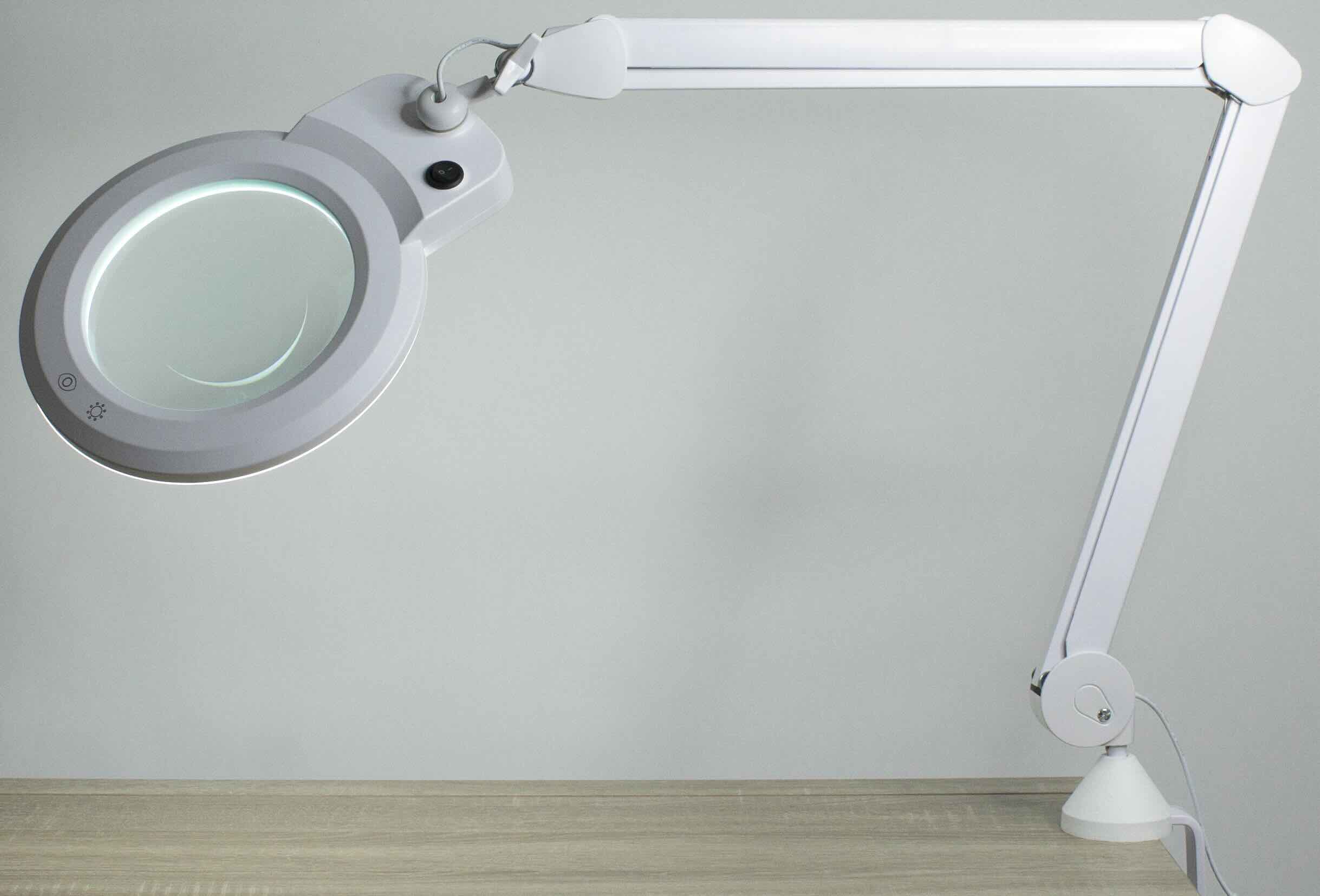



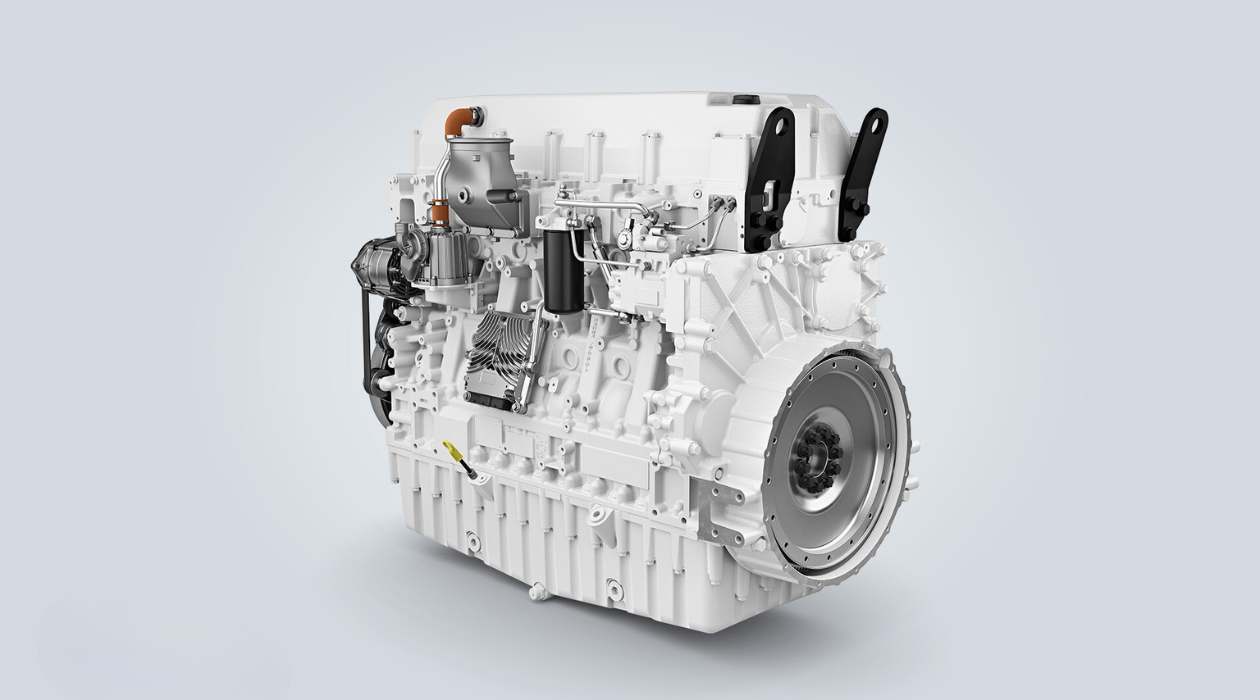
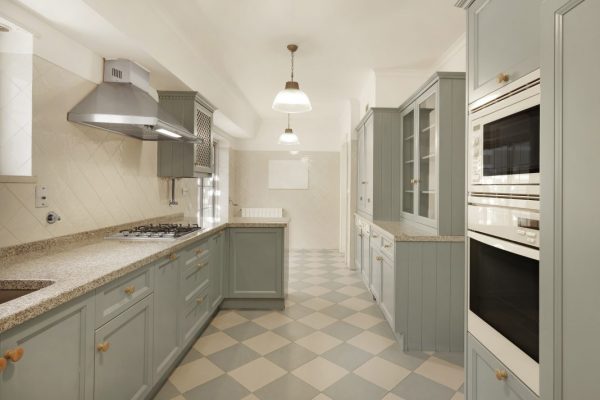
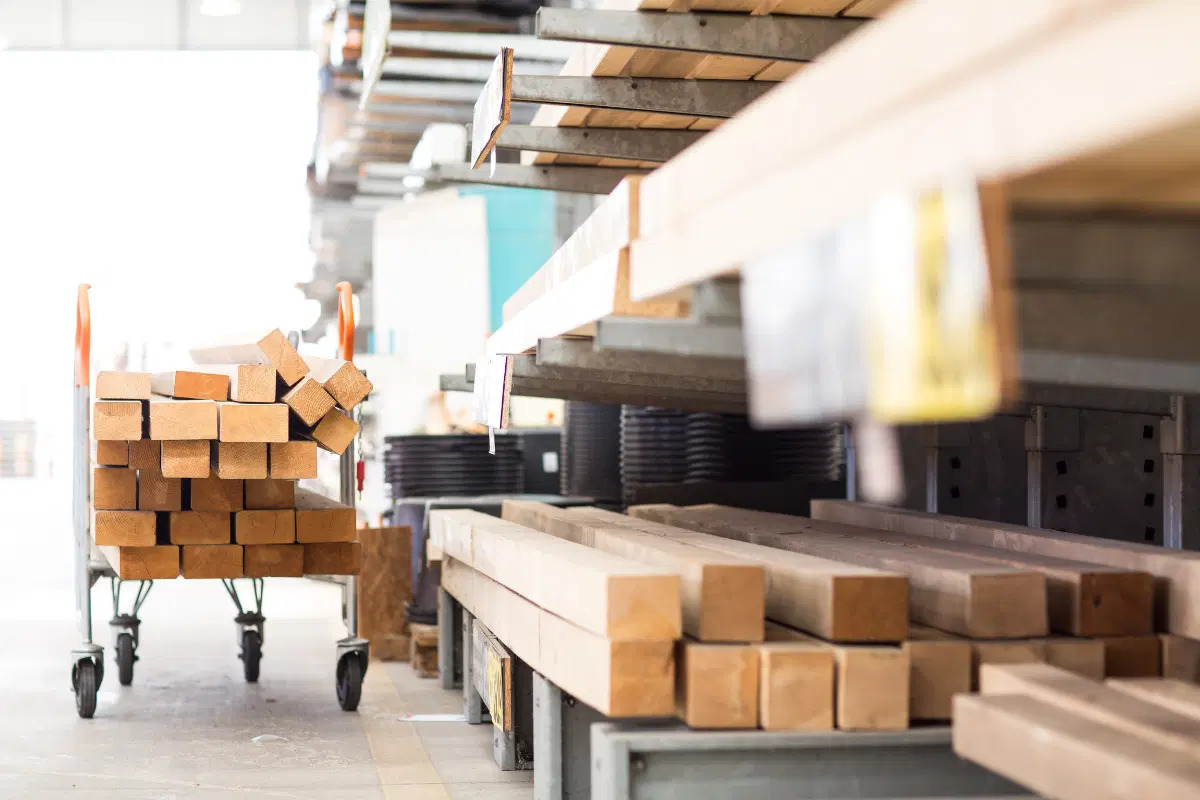
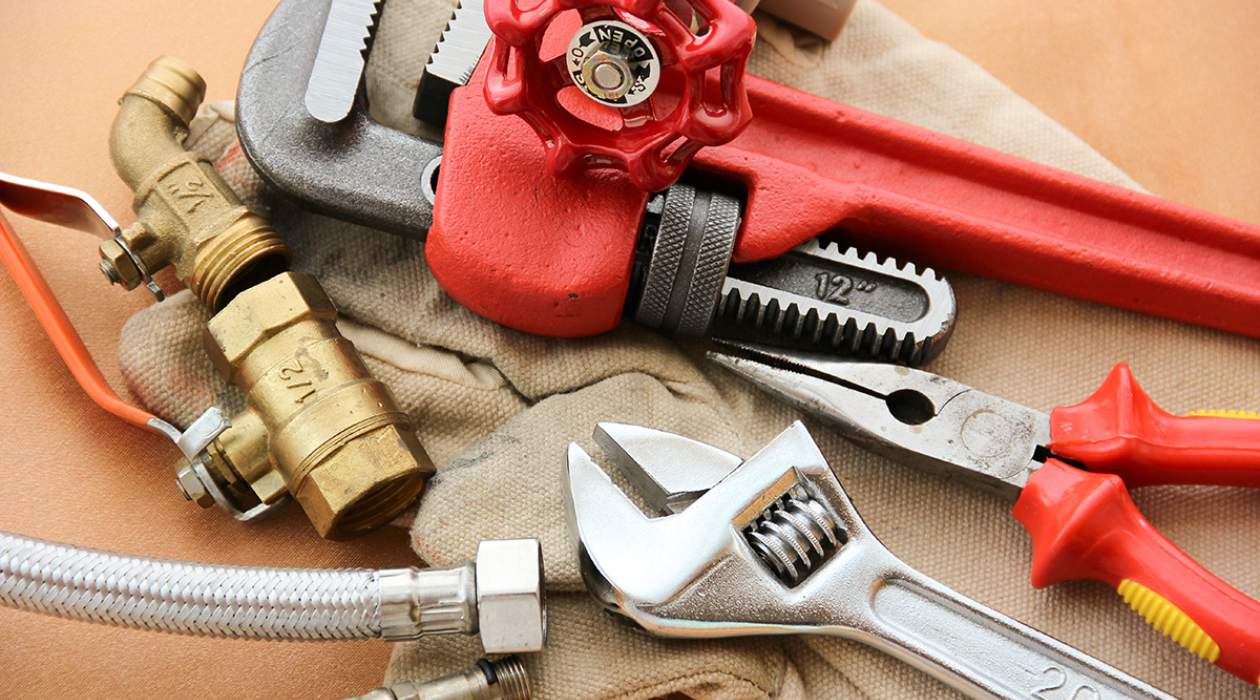
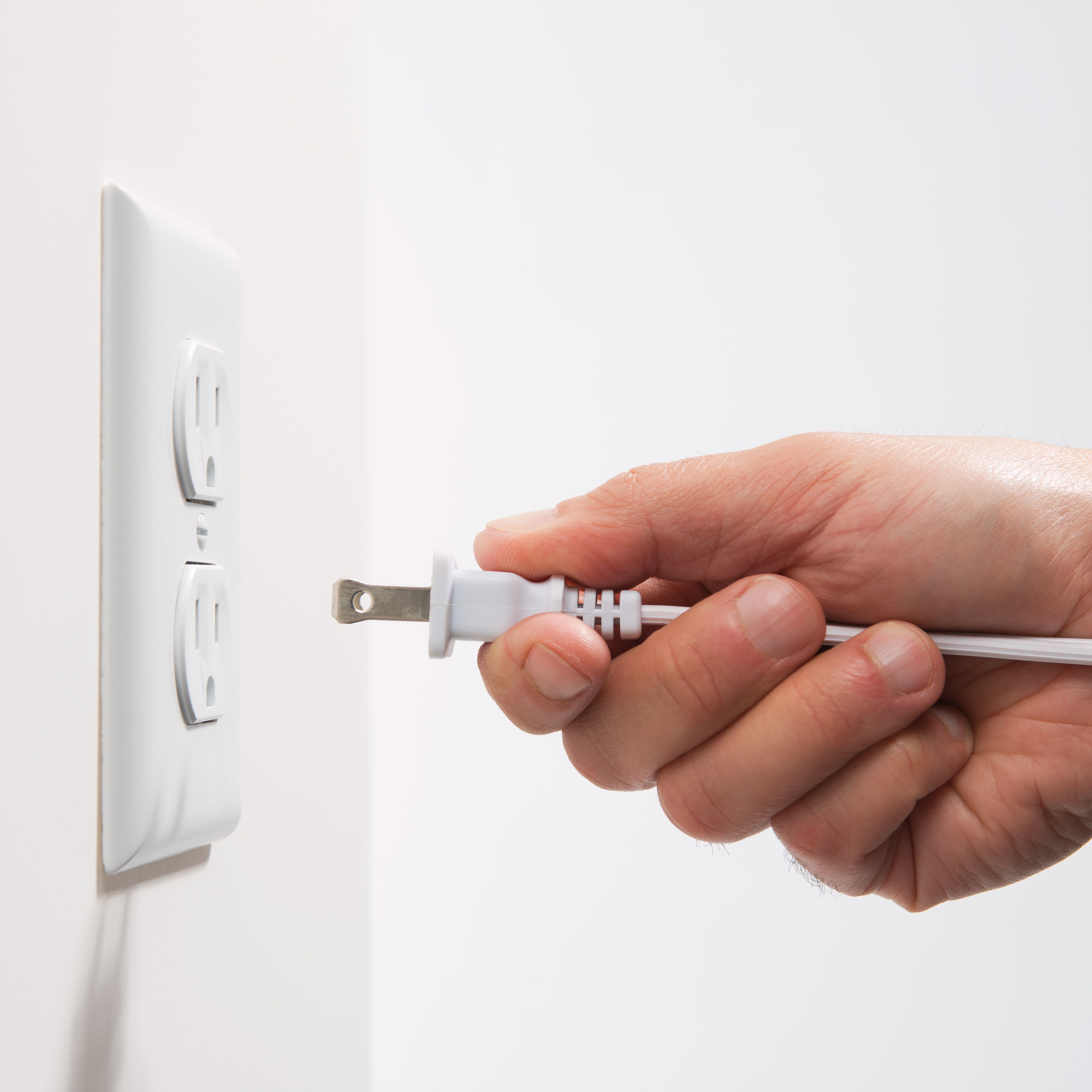
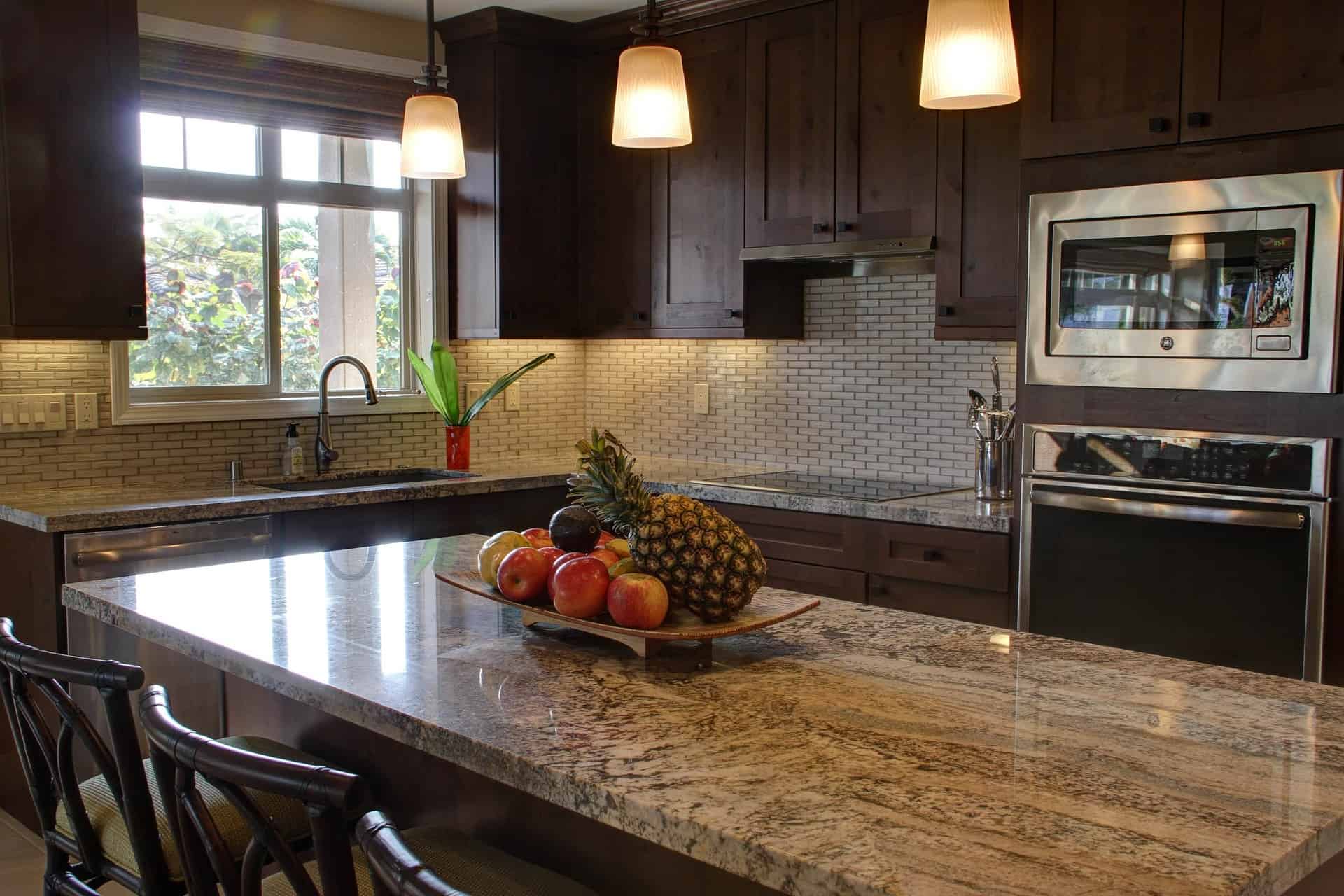
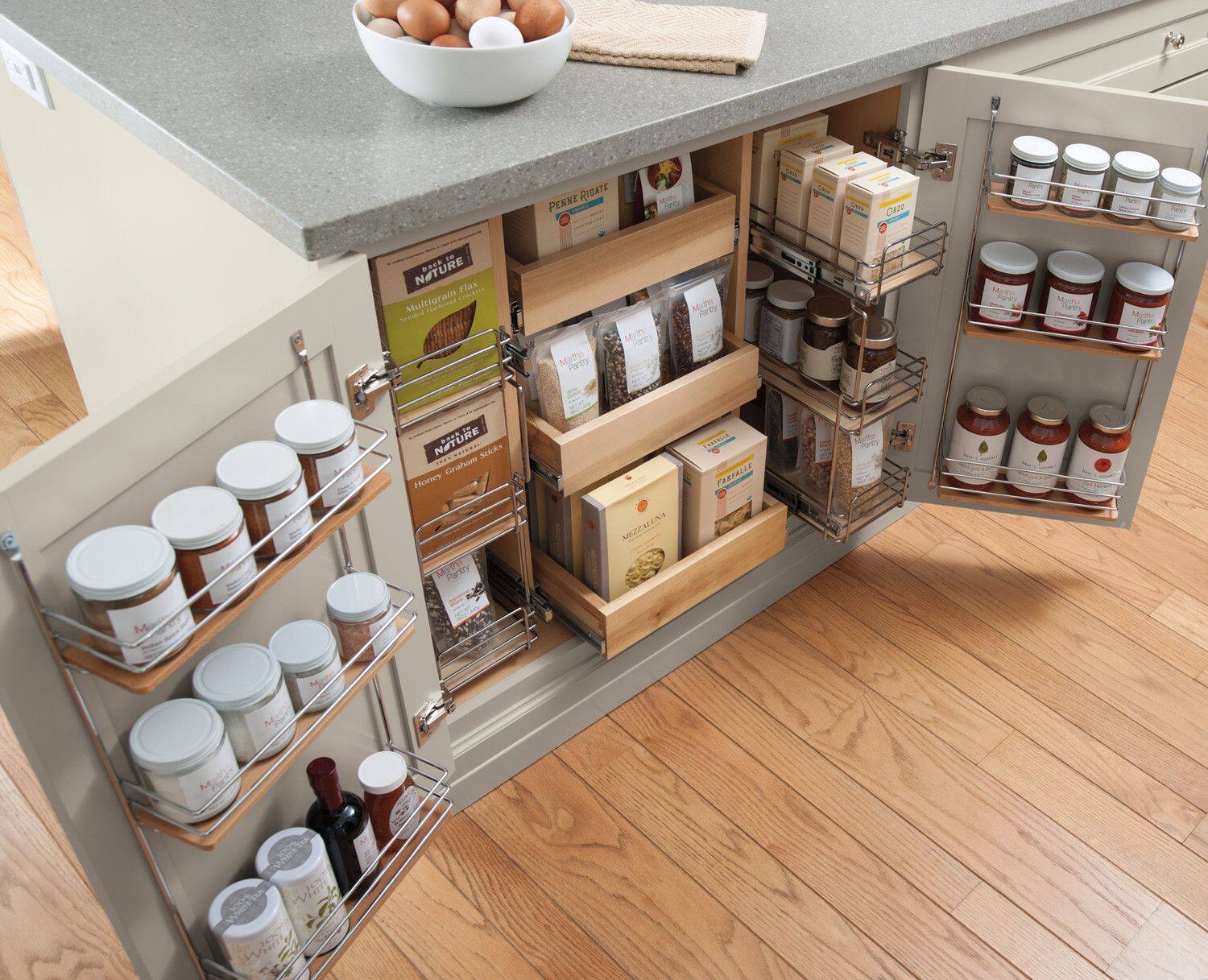

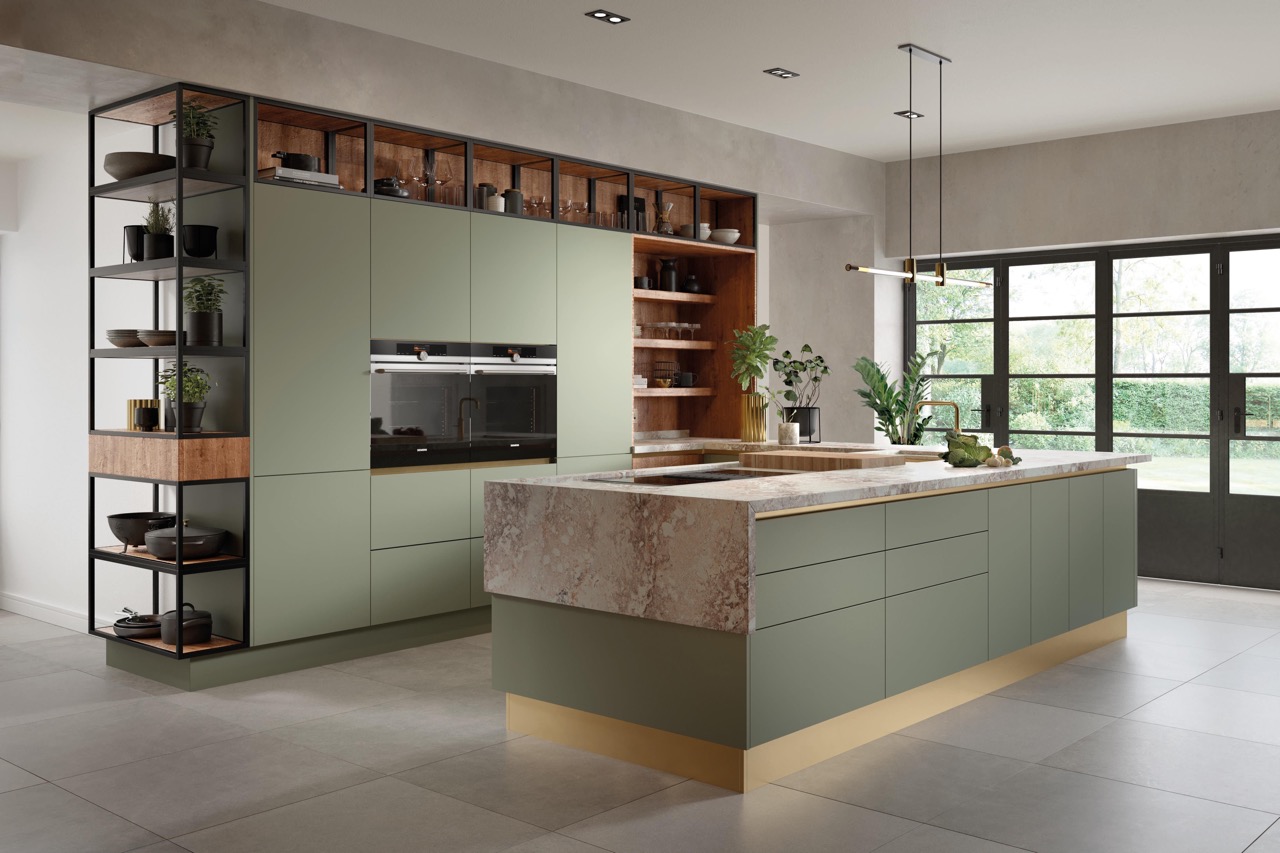

0 thoughts on “10 Things All Of The Most Organized Kitchens Have In Common”